🌸 What is Lotus Wick?
Lotus Wicks (commonly known in Tamil as Thamarai Thiri / தாமரை திரி) are sacred lamp wicks hand-rolled from the dried inner fibers or petals of the Lotus flower (Nelumbo nucifera)—a symbol of divine purity, spiritual awakening, and feminine grace in Indian culture. Revered across Siddha, Ayurveda, and spiritual traditions, these wicks are especially used in ghee or sesame oil lamps during auspicious rituals, homams, and Devi worship.
Burning lotus wicks is believed to elevate the vibrational frequency of a space, attract divine energies, and aid in inner transformation and mental stillness. Some traditional healers also employ lotus components in decoctions and remedies for calming the mind and enhancing reproductive health.
🌺 Spiritual Benefits of Lotus Wicks
- Symbol of Divine Grace & Purity
The lotus is associated with Lakshmi, Saraswati, and Tripura Sundari, and lighting lotus wicks is believed to invoke their presence and blessings. - Enhances Bhakti & Meditation
Lighting lotus wicks during japa, puja, or meditation is said to enhance spiritual focus, inner silence, and sacred connection. - Removes Doshas & Negativity
The soft flame from lotus wicks is believed to purify karmic doshas, dispel sadness, and remove stagnation from both space and psyche. - Attracts Feminine Energy & Auspiciousness
Especially used during Friday Lakshmi Puja, Navaratri, and Pournami, these wicks are said to activate Shakti tattva and fertility blessings. - Invokes Ancestral Grace
Used in Pitru Pooja and Shraddha, lotus wicks represent moksha (liberation) and are thought to carry prayers to ancestors. - Pacifies Planetary Doshas
Lighting lotus wicks on specific weekdays (especially Friday for Venus/Shukra and Monday for Moon/Chandra) is believed to help balance associated graha effects. - Brings Peace, Harmony & Joy
The sattvic energy of lotus promotes mental clarity, inner harmony, and emotional upliftment when used regularly in deepa lighting.
🌍 Habitat of Lotus
The Lotus (Nelumbo nucifera) thrives in stagnant freshwater ponds, lakes, and marshes across Tamil Nadu, Kerala, Bengal, and Southeast Asia. The sacred lotus is cultivated for both its spiritual significance and medicinal parts—roots, seeds, petals, and stamens. Wicks are usually crafted from the dried petals, fibers, or pith of matured flowers collected during peak bloom, sun-dried, and hand-rolled.
🌿 Medicinal Properties of Lotus Wicks (Flower-Derived)
- Sattvic Tonic – Promotes calm, peace, and emotional purity
- Coolant – Reduces body heat, balances excess Pitta
- Aphrodisiac – Supports fertility and reproductive strength
- Antidepressant – Traditionally used for uplifting low moods
- Cardiac Tonic – Soothes heart energy and stabilizes blood flow
- Nervine Support – Calms nerves and promotes better sleep
🧪 Active Compounds in Lotus Petal Fiber
- Flavonoids – Provide antioxidant, anti-inflammatory support
- Alkaloids – Aid in emotional balance and mild sedative action
- Tannins – Strengthen tissues and soothe internal inflammation
- Mucilage – Offers a cooling, demulcent property for gut and nerves
- Kaempferol & Quercetin – Potent antioxidants beneficial for immunity and skin
🍵 Usage and Dosage
⚠️ For internal use, always consult a Siddha/Ayurveda practitioner. Not all lotus wick materials are suitable for ingestion.
For Peaceful Sleep & Emotional Calm:
- Burn lotus wick lamp (ghee lamp preferred) in the bedroom altar or near head during evening Sandhya time.
- Can be combined with mantras like Shiva Panchakshari or Lalita Sahasranamam for deep rest.
For Reproductive Strength (external spiritual ritual):
- Use lotus wicks in lamps lit on Fridays with ghee, facing North or East.
- Offer during Kumari Puja or Sumangali Puja.
For Meditation & Clarity:
- Light lotus wick dipped in sesame oil before sunrise or dusk.
- Sit in front of the flame for Trataka (gazing meditation) for 3–5 minutes.
For Deity Worship (Devi/ Lakshmi/ Saraswati):
- Use multiple lotus wicks in ghee lamps during Navaratri, Full Moon, and Vasant Panchami.
- It is said to draw divine feminine presence into the home.
⚠️ Precautions
- Do not ingest wick unless explicitly recommended by an expert.
- Ensure petals/fibers are naturally dried—avoid dyed or chemically treated ones.
- Use only freshly stored, non-moldy wicks.
- Not suitable for babies or people with flower allergies.
- Avoid if prone to excessive cold or Kapha imbalance.
📦 Storage
- Store in cool, airtight containers away from sunlight and humidity.
- Do not expose to dampness—this may cause fungal growth.
- Best used within 3–6 months of preparation for optimal spiritual effect.
🌱 Organic & Ethical Considerations
- Source lotus wicks from temple gardens, organic ponds, or handcrafted cottage industries.
- Promote zero-waste by using lotus flowers post-offering.
- Avoid over-harvesting from wild water bodies—ensure sustainable use.
- Support women’s cooperatives and eco-conscious artisans who craft these wicks traditionally.


 SCIENTIFICALLY TESTED & COMPLETELY SAFE. SUITABLE FOR VEGETARIANS. NOT TESTED ON ANIMALS/NO ANIMAL INGREDIENTS. NO KNOWN SIDE EFFECTS. COMPLETELY SAFE. NON-TOXIC. FREE FROM HEAVY METALS
SCIENTIFICALLY TESTED & COMPLETELY SAFE. SUITABLE FOR VEGETARIANS. NOT TESTED ON ANIMALS/NO ANIMAL INGREDIENTS. NO KNOWN SIDE EFFECTS. COMPLETELY SAFE. NON-TOXIC. FREE FROM HEAVY METALS 

 The Food and Drug Administration has not evaluated these Statements. This product is classified as an “Herbal Food Supplement” and is not designed to diagnose, treat, cure, or prevent any disease. If you have any underlying health conditions, please consult a healthcare professional before using this product
The Food and Drug Administration has not evaluated these Statements. This product is classified as an “Herbal Food Supplement” and is not designed to diagnose, treat, cure, or prevent any disease. If you have any underlying health conditions, please consult a healthcare professional before using this product 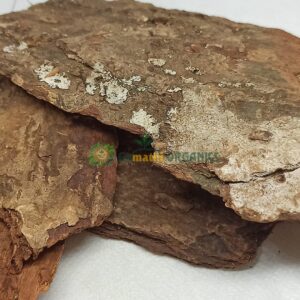

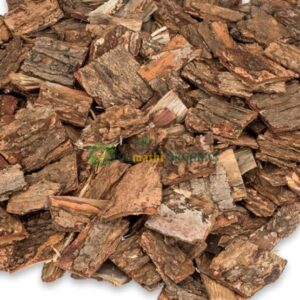
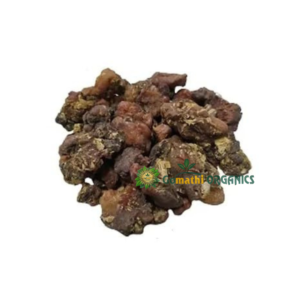
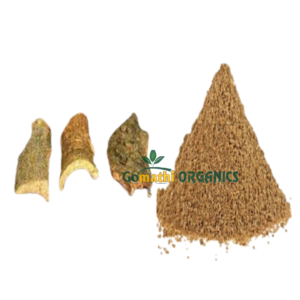
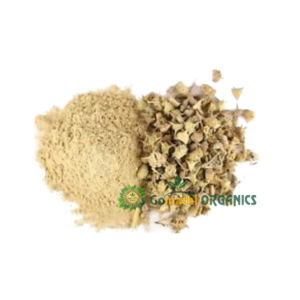

Reviews
There are no reviews yet.